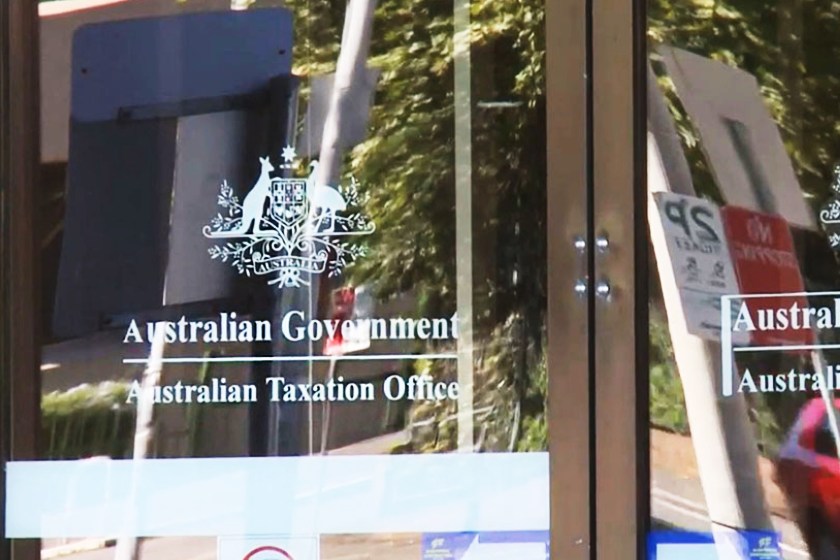IFAC accelerates engagement on anti-corruption and anti-money...
As evolving threats such as climate change, artificial intelligence, and geopolitical conflicts put increasing...
READ MORE
Many Australians who work from home will lose up to $1,300 a year in tax benefits following a review from the Australian Taxation Office (ATO).

Before the pandemic around 2 million people worked from home, but that number increased to around 5 million over the past three years.
Assistant Commissioner Tim Loh said taxpayers can now choose one of two methods to claim working-from-home deductions: either the “actual cost” or “fixed rate” method.
Previously, taxpayers could choose from a number of different methods to calculate how much they could claim when working from home.
These included a fixed-rate method of 52¢ per hour, an actual cost method, and a shortcut method of 80¢ per hour.
This temporary method introduced during the pandemic applied from March 2020 and ended on 30 June last year, meaning taxpayers can no longer use it for this year’s tax return.
The ATO review now means that people working from home have a fixed rate of 67¢, but it will have limits on what can be claimed.
The fixed rate includes phone and internet expenses as well as electricity and gas usage and stationery. Taxpayers will need to claim decline in value of work-related equipment such as office furniture separately.
The revised fixed-rate method applies from 1 July 2022 and can be used when taxpayers are working out deductions for their 2022–23 income tax returns.
Mr Loh said these changes provide benefits for those using the revised fixed rate in 2022–23.
“Items that are difficult and tedious for everyday Aussies to calculate actual work-use, like phone, internet and electricity expenses, are included in the revised rate,” he said.
“Assets and equipment that typically give taxpayers a bigger deduction, such as technological items and office furniture, are not included in the revised rate and need to be claimed separately.
“Another benefit is that you no longer need a dedicated home office to use the fixed rate method.”
Mr Loh said people claiming WFH allowances must first make sure they are eligible that means they must be working from home to fulfil employment duties, not just carrying out minimal tasks, such as occasionally checking emails or taking calls.
They must also incur additional expenses as a result of working from home.
Mr Loh reassured taxpayers who haven’t kept records so far this income year that transitional arrangements are in place for 2022–23.
“From 1 July 2022 to 28 February 2023, we’ll accept a record which represents the total number of hours worked from home (for example a four-week diary),” he said.
“From 1 March 2023 onwards, taxpayers will need to record the total number of hours they work from home.”